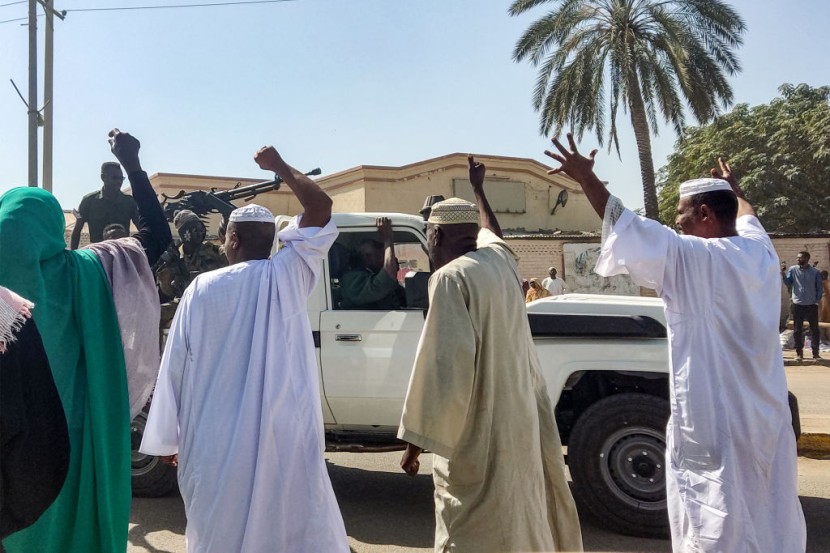The International Rescue Committee (IRC) is an organization that is dedicated to "help people whose lives and livelihoods are shattered by conflict and disaster, including the climate crisis, to survive, recover and gain control over their future". The IRC released its Emergency Watchlist for 2024 this month.
The report is the organization's assessment of the 20 countries at greatest risk of new humanitarian emergencies each year. Surprisingly, the situation in Gaza does not top the list.
Sudan and South Sudan were named first and third in rank, respectively, due to an ongoing war between each other and from within.
The IRC cited the power struggle between the Sudanese Armed Forces (SAF) and the Rapid Support Forces (RSF), which began last April as a major driving force behind the increasing instability of the region.
"Before the conflict, Sudan was already experiencing a severe humanitarian crisis," the IRC said. "Long-term political instability and economic pressures meant that 15.8 million people were in need of humanitarian aid."
The war in Sudan only exacerbated the conditions, leaving almost 25 million people in need, which amounts to more than half of Sudan's population.
On the other hand, South Sudan, which seceded from Sudan earlier in the 21st century, is ranked third on the top 10 list, only being bested by the Palestinian territories of Gaza and the West Bank.
How Has War Changed The Sudanese Region?
Both Sudan and South Sudan have been shaped by war for centuries, especially during ancient times, due to their geographical location and the area being close to multiple sources of the Nile.
It is said that the area the two nations have shared throughout their history was the ancient Kingdom of Kush, one of the most powerful nations in the ancient world, only second to Egypt when it comes to power and prestige.
Other powers also exploited the territories throughout their thousand-year history, including the Islamic conquest of North Africa. However, the internal conflict began when it became a colony of the UK from 1896 to 1955.
In 1956, Sudan gained independence, but as soon as the British were out, tensions escalated in the form of two civil wars and several small-scale battles within the country and even outside, particularly influencing the Tigray fighters in Ethiopia.
South Sudan seceded, naming Juba its capital, in 2011. However, just like in her sister nation, Sudan, authorities have been dealing with their own tribal conflicts and civil wars.
"Conflict between the SAF and RSF erupted on April 15, 2023," the IRC added. "While fighting has been chiefly concentrated in the country's capital, Khartoum, the conflict has impacted other regions of the country."

What happens next?
The IRC further predicted that the fighting between Sudan and South Sudan would further escalate in 2024 and that diseases would also rapidly spread.
"While fighting has been most intensely concentrated in Khartoum and Darfur, it is increasingly spreading to other parts of the country and drawing in a growing number of armed groups," the IRC added. "There are limited prospects for an end to the conflict."
Nearly half of the Sudanese people are unemployed, which only worsens its economy while battling hyperinflation, shortages, and a growing health crisis.
As for South Sudan, the IRC predicted that there would be tensions concerning the country's very first presidential election, which could be in December 2024. Violent clashes between armed groups are also projected to surge into the country's north as a result of the war next door.
© 2025 HNGN, All rights reserved. Do not reproduce without permission.








